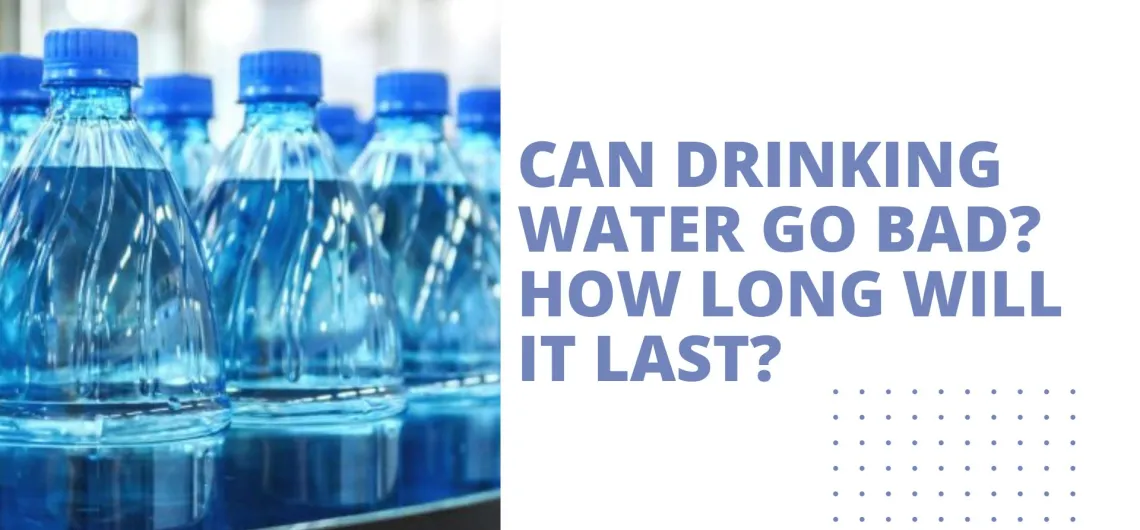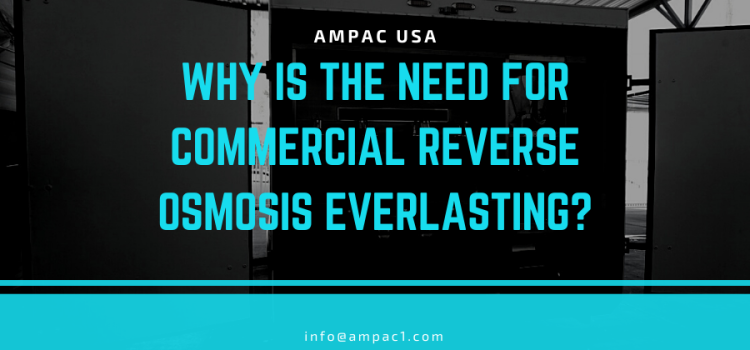Last updated on November 14th, 2022 at 10:03 am
Most of the food industry giants rely on industrial RO for treated water of the highest quality. Agriculture alone takes up more than half of our freshwater reserved as vegetables, fruits and grains require it to grow. However, one of the major concerns of at least 33 percent of consumers is whether the food processed is safe for consumption.
There’s always the fear of diseases like E. Coli that can cause serious health problems. Every system and process they use has to be up to the health standards specified by regulatory boards and the facility has to remain hygienic. As a precautionary measure, almost every food processing industry has systems that are run on Reverse Osmosis
Reverse osmosis is a process used for purification of incoming water to be used for a wide range of purposes. But it is a big asset for industries manufacturing goods that will be consumed like beer breweries, beverage, dairy and especially the food industry.
Food Industry And Water Use
In the Food Processing industry, water is used in almost every aspect and corner of the factory. Boiling, washing the raw materials, cleaning the systems and utensils used, cooling the food hence prepared and various other activities. The majority of these activities directly deal with raw materials like potatoes, tomatoes, chili, pepper, beans, etc.
Now that the activities are decided and their importance understood, food processing industries are left with 3 choices.
- To choose a source, using municipality supplied tap water has mineralization and even if you treat it for pathogens and bacteria, the mineralization gives a funny taste to the product.
- Treating the municipal supply with chlorine the organic matter present in it dies but the taste again varies.
- opt for reverse osmosis applied processes to purify the incoming water for balanced health and taste.
Here reverse osmosis comes in to play. The procedure eliminates every contaminant including chlorine to give ready to use healthy and safe drinking water. This, in turn, gives palatable results. A system should be installed based on the complete analysis of the supply you receive. It gives the same quality results for a consistent product taste your customers love so much.
Which RO Is Best For A Food Processing Industry?
Based on the size of the industry, a company can choose between a commercial RO for small and medium scale industries and industrial RO for the facilities operating at a much larger scale. These systems are available in automatic and manual setting but with a lot going on in the facility, it is suggested to get an automated system with less manual supervision.
Most of AMPAC USA’s commercial and industrial products are fully automated systems that work with fewer breakdowns and maintenance periods. These are sturdy, durable and reliable in operation. Additionally, these have inbuilt monitoring systems for a range of parameters knowledge of which is essential in industries. From temperature to salinity, composition, flow rate and more, these systems work on a switch on and off button only making the operation easier for the operator. For the food industry, the reverse osmosis industrial RO of capacities more than 8,000 GPD is required.
These come very well equipped with reverse osmosis systems and give the quality of water customized for the facility’s needs. But before a choice is made, it is important to understand what the supply is made of. The best decision would be to get an expert to do an analysis of the incoming water based on which the best strategy of RO systems to be operated for the best results will be suggested.
About the Author:
AMPAC USA is a manufacturer of water treatment systems used around the globe for quality drinking water. The company has an experience of over 30 years, uses the latest technology to provide a standard, reliable products and works with experts to give the best possible service.










